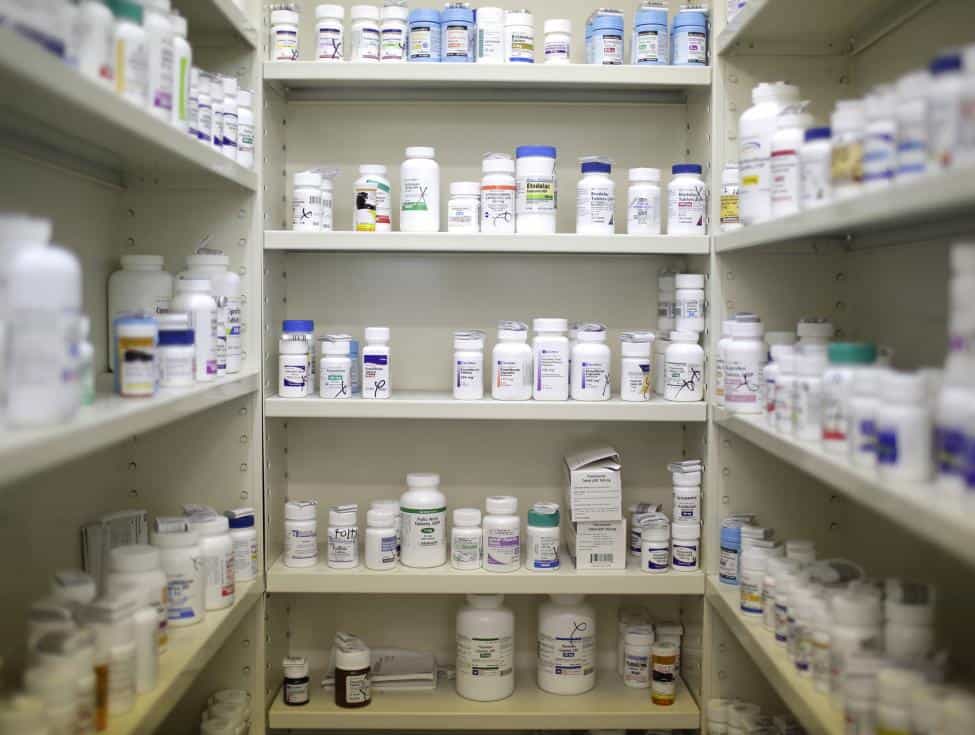
In an effort to slow the increasingly rapid spread of antibiotic-resistant bacteria in the United States, a group of Midwestern universities plans to unite to research the troubling trend.
“Global health leaders all say this is one of the key problems we will see in healthcare over the next century,” said Paul Plummer, a Iowa State University professor of veterinary diagnostic and production animal medicine who will lead the effort. “Our goal is to improve research and education efforts.”
Plummer’s team of three universities — Iowa State University, the University of Iowa, and the University of Nebraska-Lincoln and its medical center — will form the Institute for Antimicrobial Resistance Research and Education.
The institute is the brainchild of the Association for Public and Land Grant Universities, and the Association of American Veterinary Medical Colleges. In 2014, the two groups looked into misuse of antibiotics in farm animals and decided an organization was needed to continue the work, said Jeff Lieberson, a spokesman for APLU.
“This is a big and growing problem,” Lieberson said. “And public universities, part of their mission, besides educating students, is research and engagement. They identify those big, grand societal problems, find solutions and show them to the public.”
The groups put a call out for universities interested in leading an institute on antimicrobial resistance. They chose Iowa State because the school was collaborating with other universities to research antimicrobial resistance, Lieberson said.
The institute will be funded by Iowa State and the University of Nebraska-Lincoln, at $525,00 each for the first year. Plummer hopes to find more funding sources.
The institute was initially meant to study antibiotic use in farms and livestock, Lieberson said. But Iowa State has expanded that mission to include all environments that impact antimicrobial resistance. They hope to build an extensive consortium of scientists researching resistance in all environments, animals, plants and humans, Plummer said.
“There are a lot of groups researching antimicrobial resistance independently,” Plummer said. “Our big goal is to pull as many of those teams together as we can to address it from a whole system-wide approach.”
Without this big-picture approach, Plummer fears scientists will be unable to slow antimicrobial resistance.
Antimicrobial resistance is not a new phenomenon. Soon after the first antibiotic — penicillin — was discovered in 1928, bacteria started evolving ways to resist it. And once penicillin became commercially available to the general public, the race was on.
Today, bacteria are evolving ways to resist new kinds of antimicrobials almost as soon as scientists develop them. Health professionals fear that without intervention, bacteria will become resistant to antimicrobials faster than humans can create new ones. If this happens, humans may lose the ability to treat many bacterial infections. That would have profound impacts on human health worldwide.
There is no way to stop this from happening, Plummer said.
“Everytime we use antibiotics, it builds resistance,” Plummer said. “But there are ways we can slow it down.”
Plummer hopes the new institute will spur the development of new antimicrobials, as well as better diagnostic tools to help doctors and veterinarians to only prescribe antibiotics when they are absolutely necessary.
“We’ll be building teams to look into pressing issues and also advocating for more funding for research into antimicrobial resistance,” Plummer said. “We think is is a very big deal.”
























